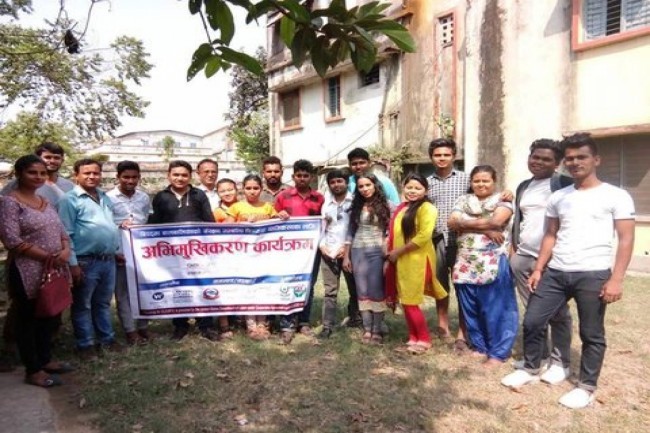Nepal is located in the geographic region prone to natural disasters. Difficult geological terrain, unplanned settlement urbanization, poor construction practices, poor infrastructures, cultivation of unsuitable land are amongst the major reason for the disaster. Nepal is considered to be a hotspot for multiple hazards and major disasters. Nepal is considered to be the 20th most disaster-prone country. Nepal is therefore geologically found to be vulnerable to various types of natural disasters such as earthquakes, floods, landslides, fire, epidemic, avalanche, windstorm, hailstorm, lightning, Glacial Lake Outburst Flood, drought, etc. About 32% of the total area and 28% of the total population of Nepal exposed to risks for various hazards. Historically, it has been observed that there is significantly dangerous seismic activity every seventy to a hundred years in Nepal.In 2015, The catastrophic earthquake killed 8860 persons, 600,000 households destroyed, 32,000 classrooms damaged in 14 districts of Nepal.
In the context of Nepal, among other vulnerable groups, children are the hardest hit population. The devastating earthquake of 2015 affected seven hundred thousand children directly with the loss of lives of 2598 children and 21 children are still missing. In this context, CWISH in coordination with Winrock International and Lawyers without boarders worked together to develop a project on “Child Protection in Disaster”. The project aims to orient community, youth, young group and child club graduates in child protection in disaster. The project targets major 14 municipalities of Nepal from all provinces of Nepal. The main objective of the project is to inform people about disaster preparedness techniques to protect children during disaster situations. Similarly, the project intends to aware people of necessary safety measures to be taken at borders to protect children from being trafficked and ways to find children who are missing from their parents. Similarly, the project aims to aware people about things to pay attention while rehabilitating children separated from parents during a disaster situation

